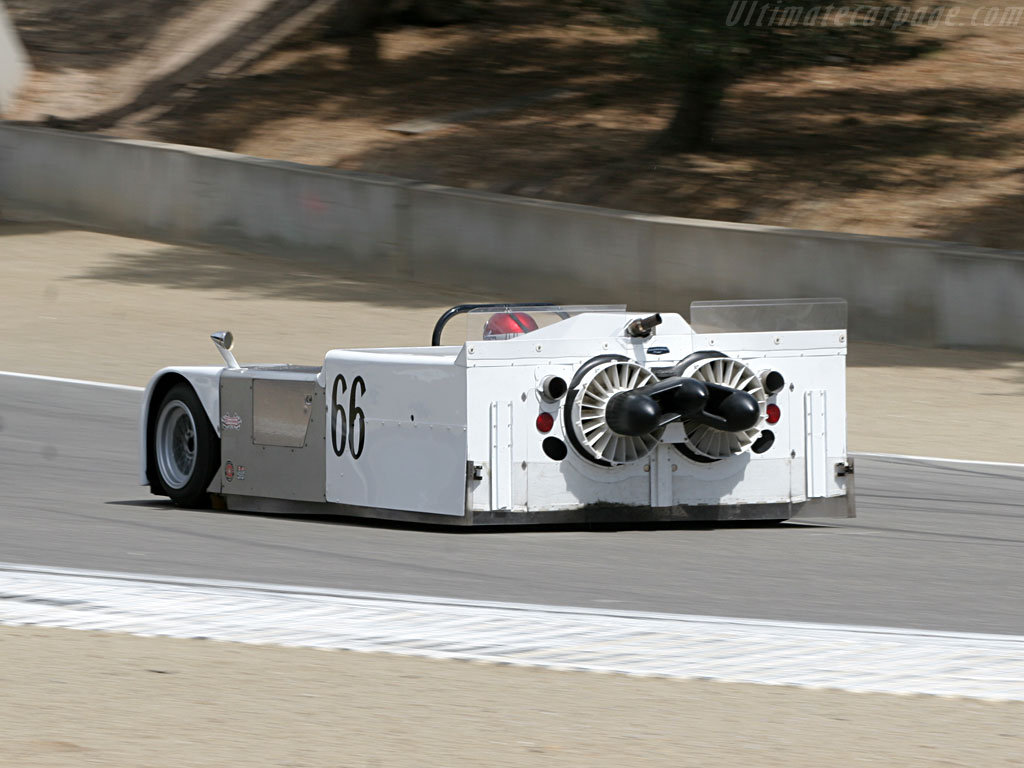"We take our racing cars scary. And that's exactly what the Chaparral 2F is. The brainchild of Jim Hall – a Texan oilman and technical savant – the Chaparral motor racing company toward the end of the 1960s and 1970s produced a "

High on the Chaparral
As a European there are certain things about North American motor racing that get us excited. And its nothing to do with NASCAR.
But mention the words Laguna Seca, Can Am and Chapparal, and we get a little sweaty palmed and breathless.
There’s a common fallacy that the fact that America has never wholeheartedly submitted itself to the technological spectacle of F1 is basically because that yankee technology has always been all about brawn and cubic inches, and that the subtlety of Aerodynamic engineering and twisting circuits has been the sole preserve of we oh-so-sophisticated Brits and Euros.
Well, Jim Hall’s tarmac sucking Chaparral 2J of 1970 gives the lie to that.

Hall, born in Texas in 1935 the heir to a huge oil fortune, competed in F1 races in the early sixties and other series, but his real moment came when he started his own racing car brand in the Chapparal. The 2J, his magnum opus, innovated aerodynamic technologies that were hailed as revolutionary much later.
It wasn’t until 1977, For example, that Colin Chapman introduced the F1 world to ground effect aerodynamics.
But apart from the technology that distinguished it, there was an otherworldly monstrosity to the look of the Chapparal 2J that slotted perfectly into the boxy brawn of Can Am racing and echoes down the ages.
You can smell the fumes and hear the growl and wheez of the cars just by looking at them.
Their purposefulness is encoded perfectly into the aesthetic of the design. Cars like the 2J remind us just what a shame it is that F1 design has converged to the point that without the paintwork and branding, few of us could distinguish the cars from one another at first sight.
You certainly couldn’t say that of the Chaparral.

CLICK TO ENLARGE










Saw these monsters race in the seventes. Made me want to be a racing driver.